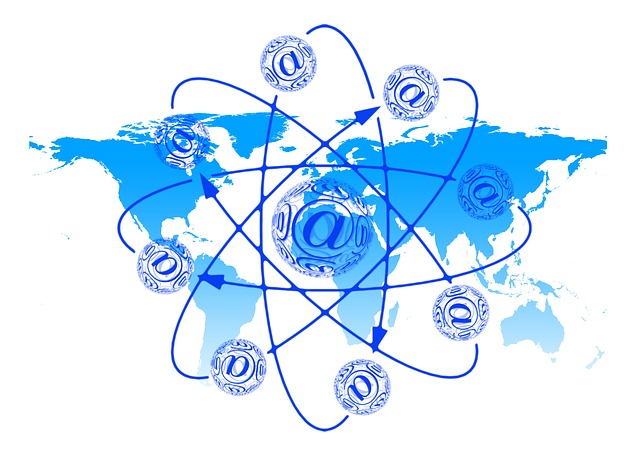
Electronic mail, most commonly known as email, is a method of exchanging messages between individuals or organizations using electronic devices. It first came to pass in the 1960s but it took until the 1990s for the of email to become ubiquitous. Modern emailing systems are still largely reliant on the ARPANET Technology which was a system for standardizing the encoding and decoding of messages – this basic emailing technology was also influential in the wider creation of the Internet.
The technology which developed into modern email was initially created to share files and messages between an internal building or organization. For example, many universities used to use the system before it became mobile available.
Emailing starts with an MUA which formats the message before sending it to an agent. The agent then determines the address and finds the domain name where it needs to send a message. The messages are then delivered to a delivery agent often known as an MDA before it arrives in the mailbox of the recipient. There are many other complex technological processes involved in sending an email and even though it seems like a basic functionality the thinking and software behind it is incredibly advanced.
From an organizational perspective, there are many benefits to using email. It can facilitate logistics and connect people who are not physically in the same building which is one of the primary drivers of econom ic growth. Cost reduction is another key factor, as sending an email is much less expensive than letters or phone calls. It’s also an effective filing system whereby users can look back on previous communications without having to store large amounts of paper.
ic growth. Cost reduction is another key factor, as sending an email is much less expensive than letters or phone calls. It’s also an effective filing system whereby users can look back on previous communications without having to store large amounts of paper.
Much of these benefits are also applicable to a personal user, and, with the proliferation of smartphone usage, access to email has become standardized throughout the modern and developing world.
The technologies which have developed around email are not without their constraints or difficulties. For example, information overload and attachment size limitation can prove problematic for sending large quantities of information by email. Another concern which many people have is the threat of spam or malware. Spam is a large amount of unwelcome mail which users received in their inbox. It is predicted that as much as 50% of email traffic is spam. Emails with the potential to infect people’s computers with a virus is also another concern.
People are free to create their own email address however it must be attached to a provider or carrier and different carriers have different requirements and restrictions on the email addresses. For example, it is common to choose a variation of one’s name which comes before the @ key, which is followed by the address of the service the user has decided to join.






